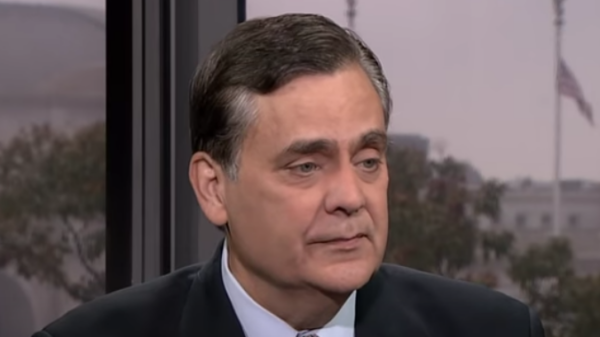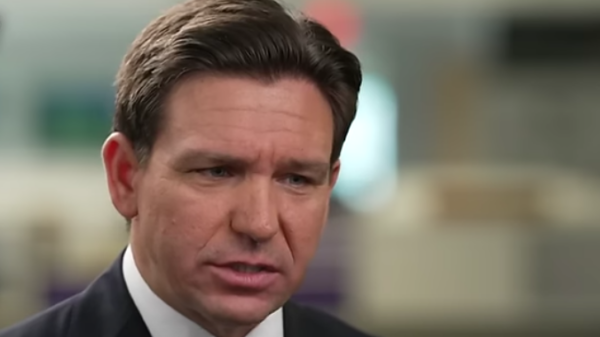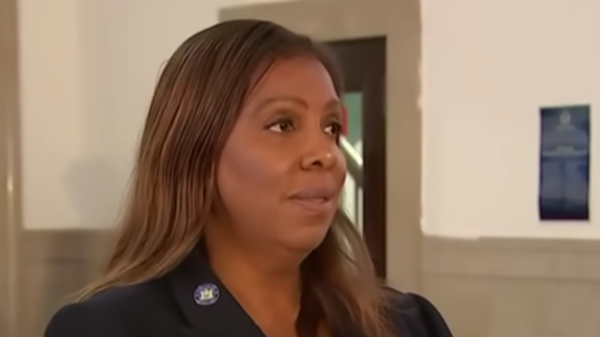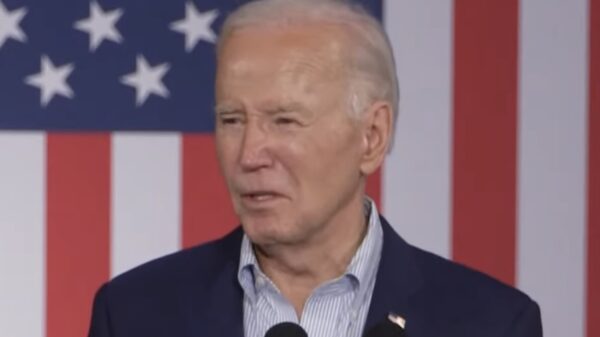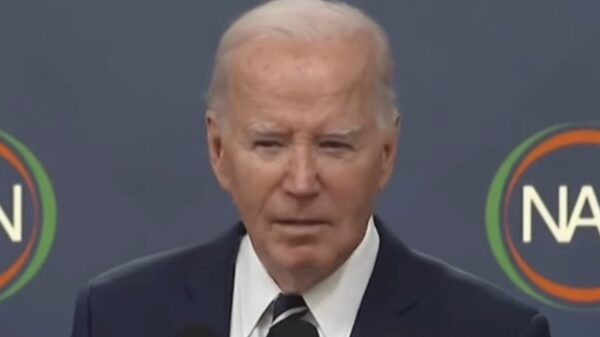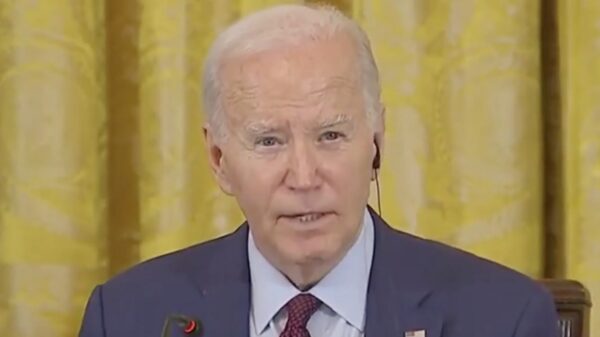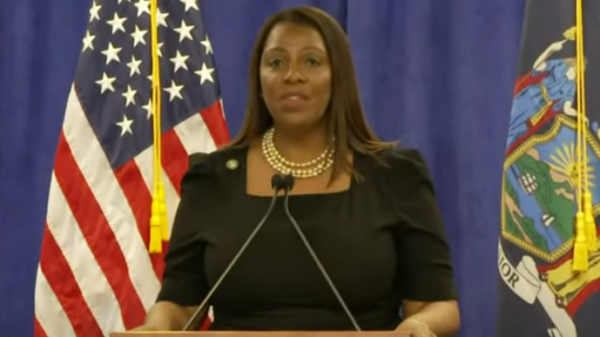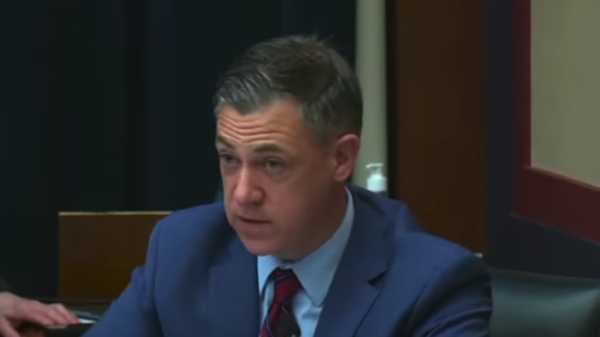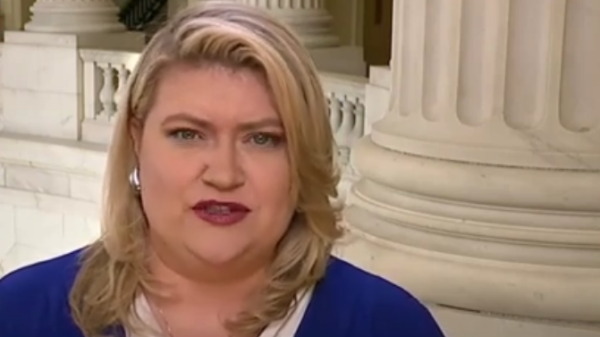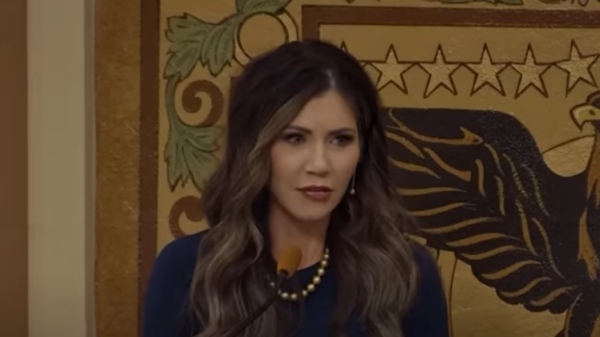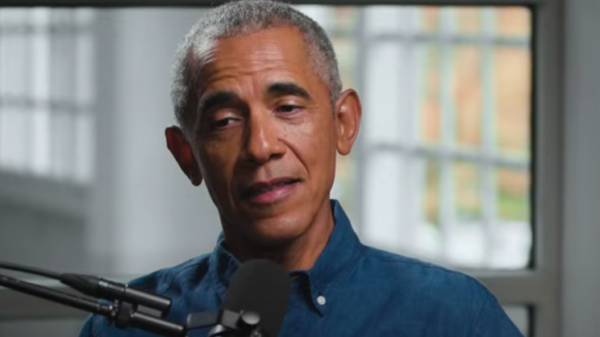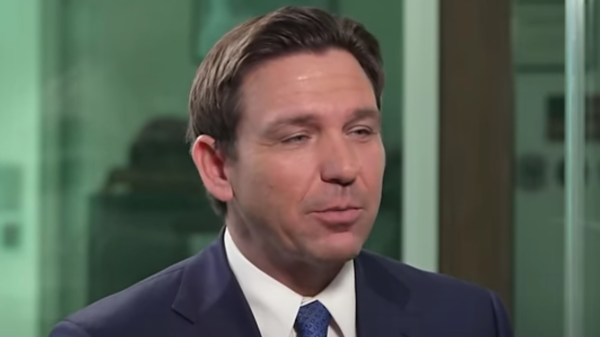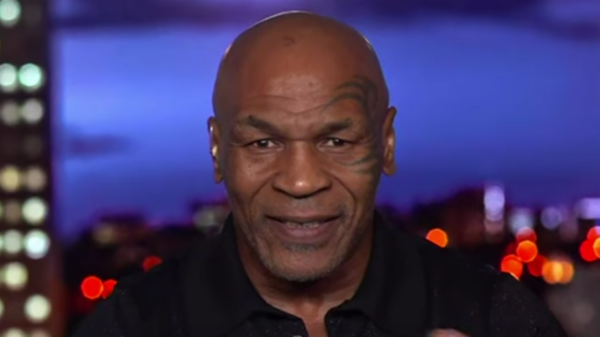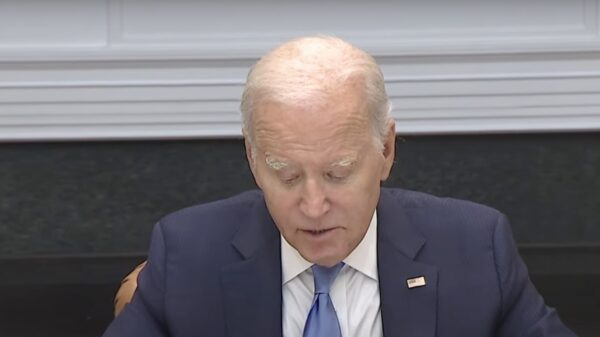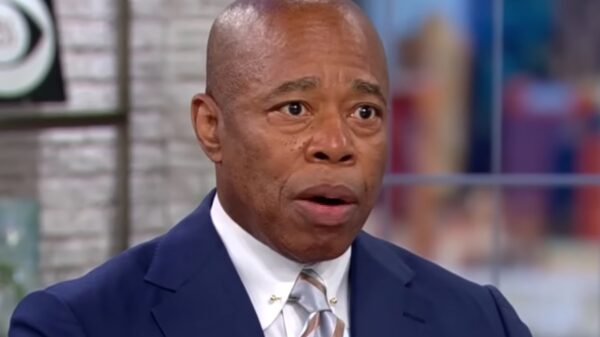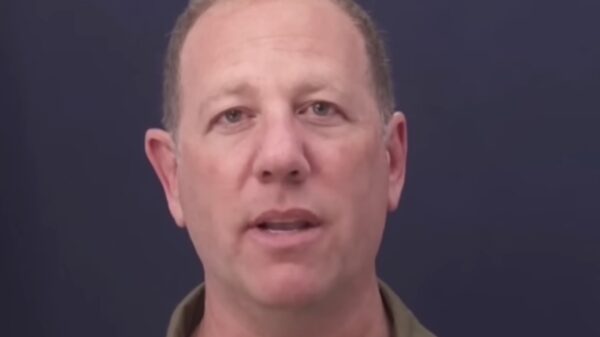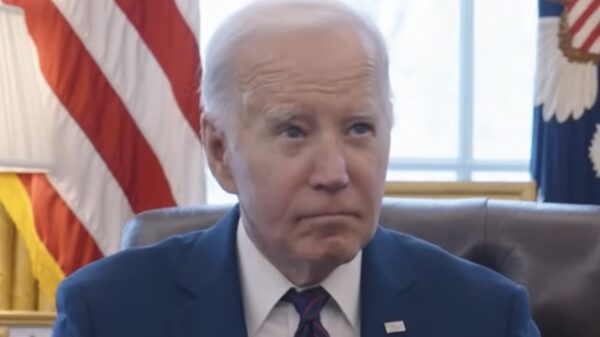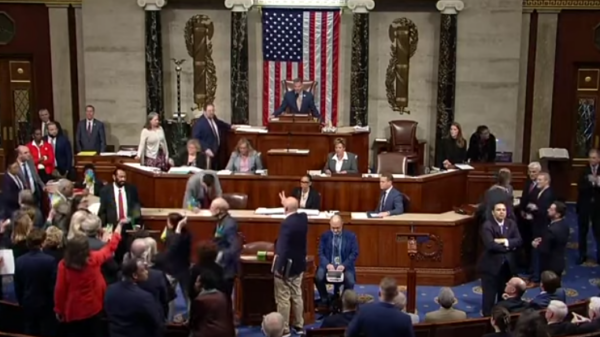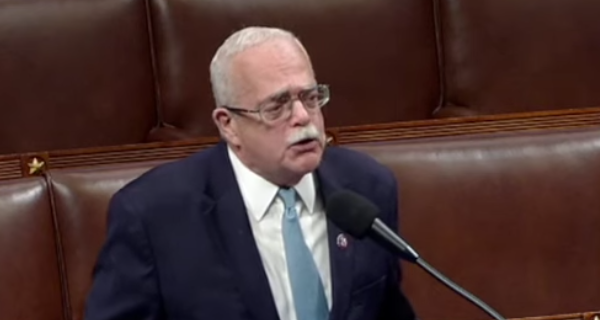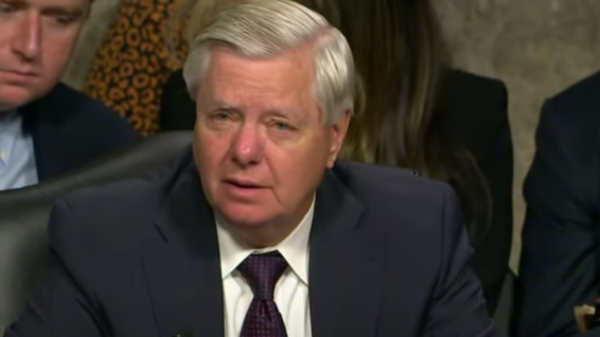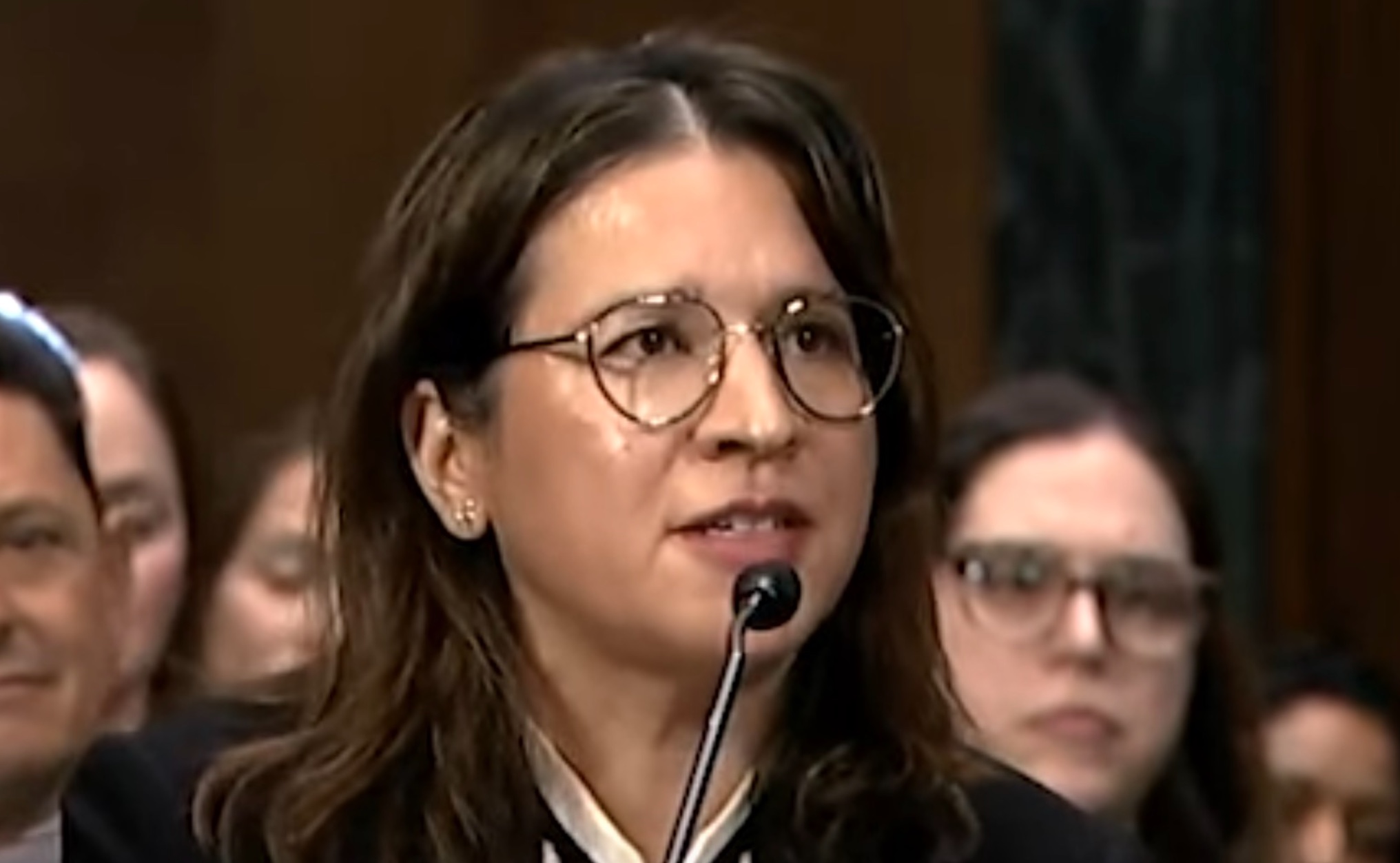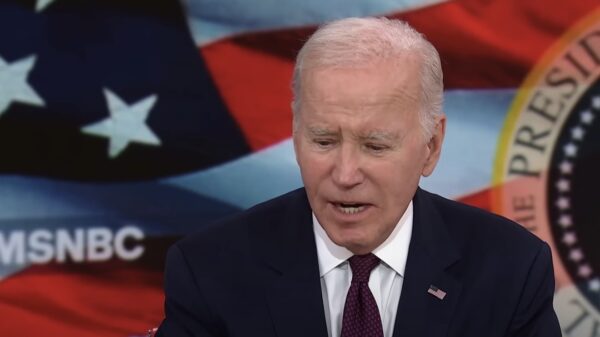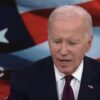During her confirmation hearing, 7th Circuit Court nominee Nancy Maldonado was questioned by Sen. John Kennedy about supporting Illinois’ “assault weapons” ban.
Maldonado had signed a brief arguing such weapons could be banned as too dangerous for self-defense. However, when Kennedy pressed her to define “assault weapon,” Maldonado said she was “not a gun expert” and could not remember the exact definition.
Kennedy said, “You said, ‘Assault weapons may be banned because they’re extraordinarily dangerous and are not appropriate for legitimate self-defense purposes.’ Tell me what you meant by ‘assault weapons’?” Kennedy noted she had submitted a brief calling to abolish something without knowing what it was.
Abolish assault weapons
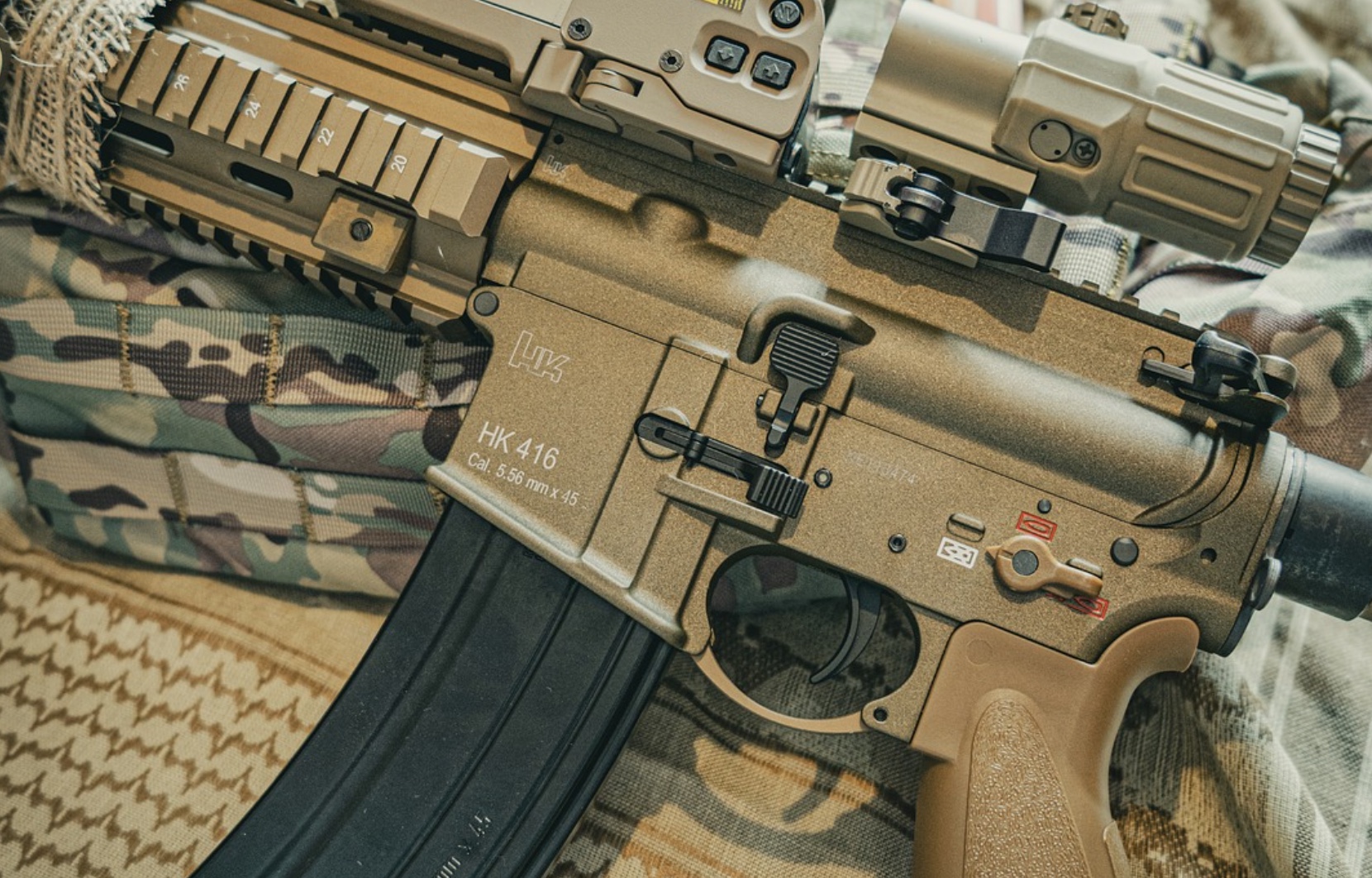
pixabay
Kennedy said, “So you submitted a brief, an appellate brief, you signed it, and you don’t know what … and you said, ‘Abolish assault weapons,’ and you don’t know what you wanted them to abolish?”
Maldonado said she could not “remember the exact definition of assault weapons.” The exchange exposed Maldonado’s lack of knowledge regarding the term “assault weapon” despite advocating a ban based on the classification.
The definition of an “assault weapon” has long been a subject of heated debate and controversy, permeating discussions on gun control, legislation, and public safety. The absence of a universally accepted definition of what constitutes an “assault weapon” has been a central point of contention. This lack of consensus has contributed to divergent interpretations and policy approaches at the federal, state, and local levels.
Different jurisdictions
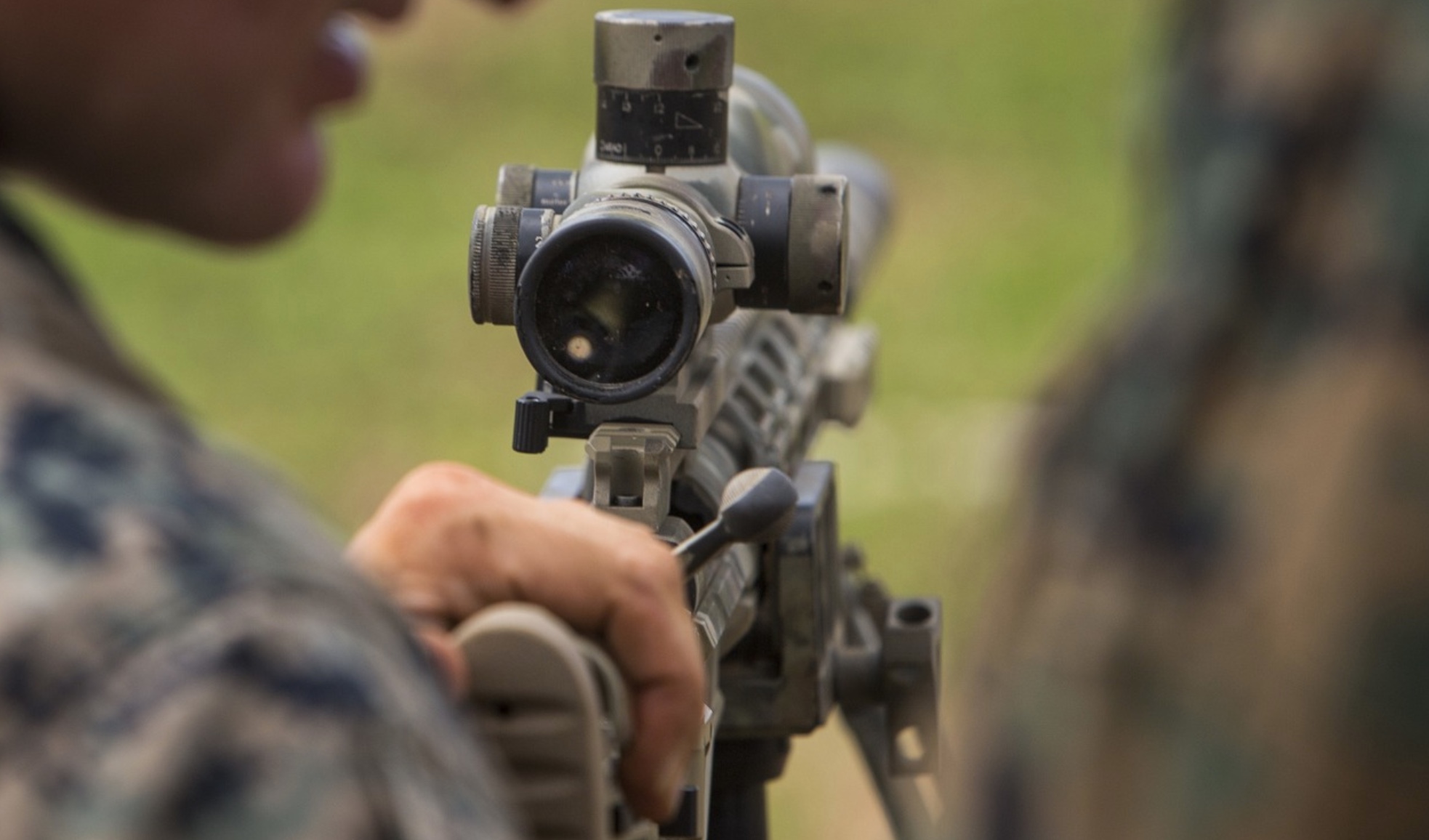
pixabay
Different jurisdictions have adopted varying definitions of assault weapons, leading to inconsistencies in enforcement and regulatory frameworks. These variations have led to complexities in addressing the proliferation and use of firearms categorized as assault weapons.
The contentious nature of the term “assault weapon” has significantly influenced the drafting and implementation of gun control legislation. The definition’s malleability has shaped the trajectory of policy initiatives, leading to a patchwork of regulations across different jurisdictions.
The debate around the definition of assault weapons has contributed to political polarization, with distinct ideological stances shaping the discourse. This polarization has impeded efforts to achieve bipartisan consensus on comprehensive gun control measures.
Technical and functional
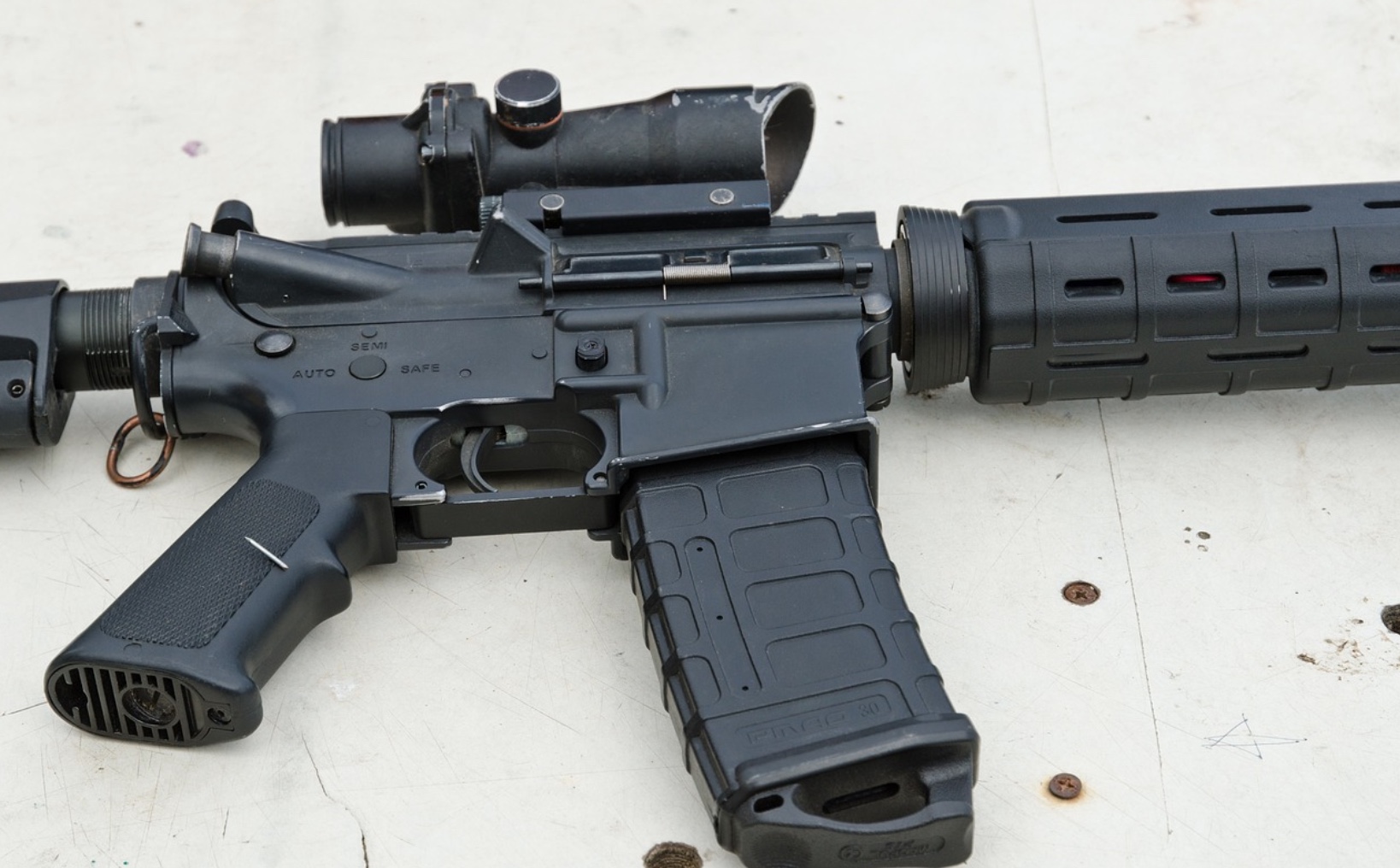
pixabay
The technical and functional attributes associated with assault weapons, such as high-capacity magazines, rapid-fire capabilities, and ergonomic design features, have been central to the definition debate. The delineation of these characteristics and their relevance to public safety remain subjects of contention.
The use of the term “assault weapon” itself has sparked semantic and perceptual debates, with proponents and opponents contesting its accuracy and implications. This semantic ambiguity has contributed to the divisive nature of discussions surrounding gun control and firearm regulations.
The constitutional implications of defining assault weapons within the context of the Second Amendment have been a focal point of legal and scholarly analyses. The tension between individual rights and public safety imperatives has underscored the complexity of this issue.
Legal challenges
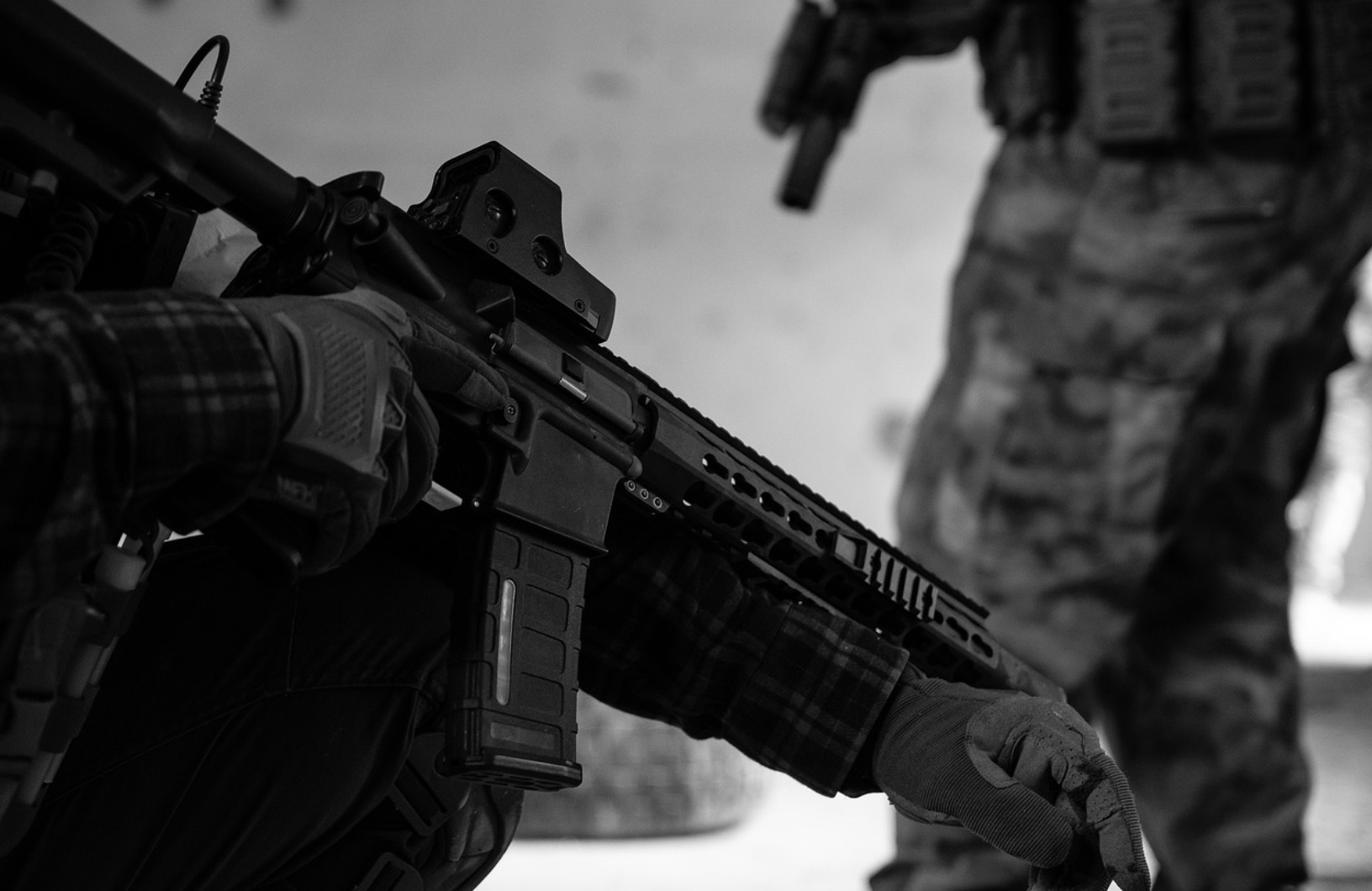
pixabay
The judicial review of laws and regulations pertaining to assault weapons has further underscored the intricacies of defining and regulating these firearms. Legal challenges and court decisions have shaped the boundaries of permissible regulation and the scope of government authority.
The controversy surrounding the definition of assault weapons necessitates a call for clarity and consistency in regulatory frameworks. Addressing the definitional ambiguities is crucial for creating effective and equitable firearm regulations.
Encouraging balanced discourse and fostering collaboration among stakeholders is imperative in addressing the multifaceted challenges associated with defining and regulating assault weapons. Engaging in constructive dialogue can facilitate the development of nuanced and effective policy solutions.


